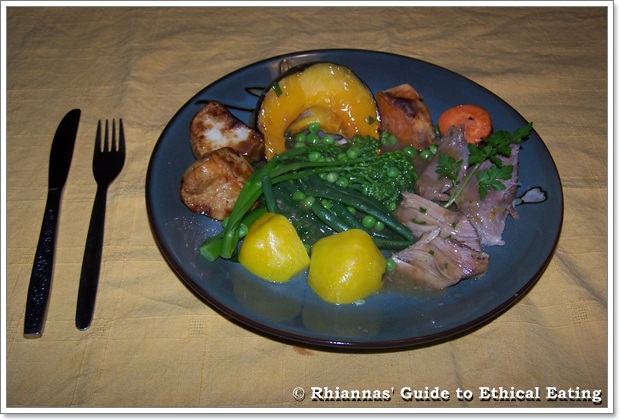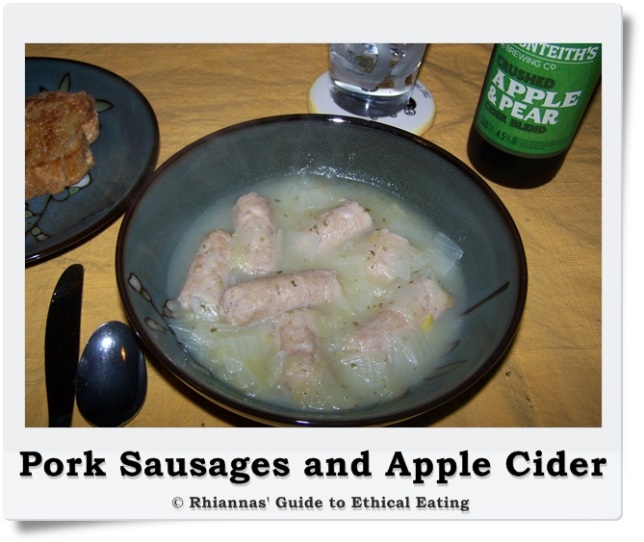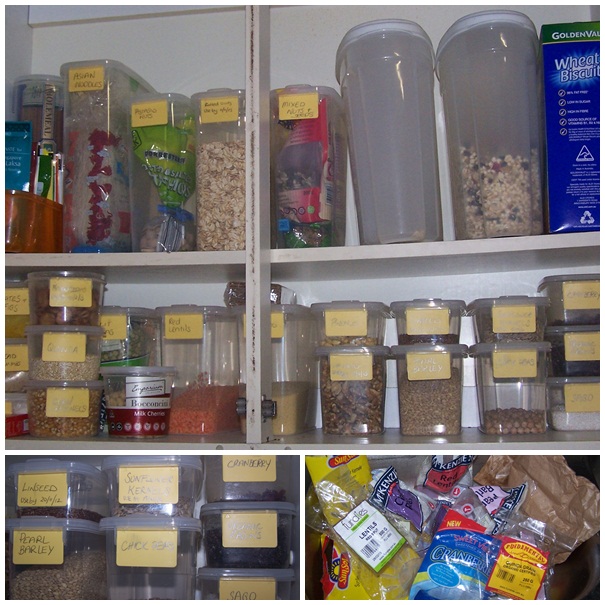Written by Melissa Davey. Published in Sydney Morning Herald on 29 July 2012.
 Australians have been steadily switching from full-cream to low-fat milk over the past decade, with many citing their waistline as a reason, but the results of an international review may have even the most health conscious embracing the full-fat latte once again.
Australians have been steadily switching from full-cream to low-fat milk over the past decade, with many citing their waistline as a reason, but the results of an international review may have even the most health conscious embracing the full-fat latte once again.
It has been broadly accepted that consuming saturated fat could lead to an increased risk of obesity, type 2 diabetes and cardiovascular disease, prompting dietary guidelines to recommend low- and reduced-fat milks and yoghurt as part of a balanced diet.
”These still contain calcium and other nutrients, but with less saturated fat,” the guidelines state.
But in a review examining the link between high-fat dairy and health, published in the latest European Journal of Nutrition, researchers concluded ” … in contrast to the prevailing scientific and public sentiment, dairy fat consumption is not typically associated with an increased risk of weight gain, cardiovascular disease or type 2 diabetes.
”This is also in contrast to most current dietary guidelines recommending the consumption of fat-reduced milk and dairy products.”
Researchers found 11 out of 16 international studies showed higher dairy fat intake was associated with lower body fat levels and lower long-term weight gain.
The review, led by the Fred Hutchinson Cancer Research Centre in Washington, noted that further studies were needed, but concluded there was ”no compelling reason” to avoid the fat found in dairy products.
Statistics from Dairy Australia, the national services body for the dairy industry, show full-cream milk consumption – which contains about 4 per cent fat – is on the decline, making up 49 per cent of milk sales in 2010-2011 compared with nearly 57 per cent in 2000-2001.
But it was too early to call for changes to dietary guidelines in favour of full-cream dairy, said Tim Gill, an associate professor at Sydney University’s Boden institute of obesity, nutrition, exercise & eating disorders.
”I think the jury is still out on the quality and consistency of the evidence we have available to us at this time.
”However, there is no strong evidence linking full-cream dairy with obesity, type 2 diabetes or cardiovascular disease.”
A study he was a part of found no consistent evidence that out of reduced-fat, low-fat or full-fat dairy, one was better than the others. ”But I would still recommend reduced-fat dairy, given its lower fat and calorie content,” he said.
Read more: http://www.smh.com.au/lifestyle/diet-and-fitness/the-skinny-on-fullcream-20120728-232qs.html#ixzz22NWxjzmA
 I have never done a cooking class, but I have always wanted to. I lack the confidence to put myself out there, so to speak. Starting this blog was a huge step for me and after winning the first round of the recent Gourmet Garden Cook Off, I feel so much more adventurous!
I have never done a cooking class, but I have always wanted to. I lack the confidence to put myself out there, so to speak. Starting this blog was a huge step for me and after winning the first round of the recent Gourmet Garden Cook Off, I feel so much more adventurous!







 It’s a vice many of us can’t step away from – give up smoking, drinking or swearing and chocolate seems to be the go-to reward mechanism.
It’s a vice many of us can’t step away from – give up smoking, drinking or swearing and chocolate seems to be the go-to reward mechanism.

 Australians have been steadily switching from full-cream to low-fat milk over the past decade, with many citing their waistline as a reason, but the results of an international review may have even the most health conscious embracing the full-fat latte once again.
Australians have been steadily switching from full-cream to low-fat milk over the past decade, with many citing their waistline as a reason, but the results of an international review may have even the most health conscious embracing the full-fat latte once again.
